
Review on 🌊 Pancellent Water Quality Test Meter - TDS PH 2 in 1 Kit, Measurement Range 0-9990 PPM, 1 PPM Resolution, 2% Readout Accuracy by Agustin Bush

Store the pH meter with a damp sponge. The TDS meter CANNOT measure stiffness.
First a TDS hardness meter (shows PPM). This device only measures conductivity which is NOT a measure of water hardness or a measure of unknown ions. This can ONLY be useful if you ALREADY know all the ions (sodium, calcium, magnesium, etc.) in the sample to be measured. The PPM number displayed is simply the conductivity times a constant that assumes the sample contains only calcium chloride ions. your hard water! This error is because the TDS meter reads sodium (soft) ions in soft water, but the instructions tell you the reading is in calcium (hard) ions. (There are virtually no calcium ions in softened water, the softener removed them!) To a TDS conductivity meter, ions are ions. You need to know which ones you are measuring! If you test tap water, you'll also have other ions like magnesium (which "would count double") and possibly iron. If you want to know the hardness of your water, use a test strip (accuracy +/- 15%) or a reagent kit (best +/- 2%, most - 5%). (These numbers come from a company that sells expensive precision water testing equipment, so they're likely the "worst case" numbers used in marketing.) Note that test strips typically only measure calcium ions, but in hard water there are usually other ions such as z as magnesium. The hardness reading on the test strip may actually be low because it's not looking for these other elements. Ask your water company to do a general analysis (the EPA will provide this for you), or if you have well water, a lab will analyze the sample. (The driller can also know based on where it found the water.) Use this to find out what's in the sample being tested, then use ratios and valency to get the TDS (conductivity ) to interpret. Finally a pH meter. When storing the flask, it is best to keep it wet in the buffer solution. about 7.5 pH. You can make one with some vinegar and baking soda. Use your pH meter to check the pH after adding vinegar (high reading) or baking soda (low reading). Then place a very small piece of sponge in the bottom of the lid and add a few drops of Buffer to the sponge - damp, not soaked. Too much and the cap will not fit or excess solution will be forced into the meter. A tight cap prevents the buffer from evaporating, the pH meter maintains a better calibration, and the flask lasts longer. Rinse the flask in distilled (or deionized) water after removing the cap to ensure no buffer gets into the sample you are about to measure. Also, don't worry about recalibrating your meter unless you're paranoid or the readings seem undeniably wrong. Keep it wet at neutral pH and it will lose calibration very slowly.
- pH meter
- Ugly packaging
New products
Comments (0)
Top products in 🍶 Home Brewing & Wine Making Supplies

24-Inch Musical Christmas Tree With Charlie Brown & Linus Blanket - ProductWorks

37 Review
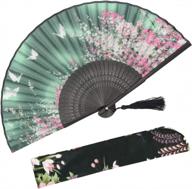
OMyTea® Women Hand Held Silk Folding Fan Bamboo Frame Fabric Sleeve Protection Gifts Sakura Cherry Blossom Pattern WZS-2

24 Review

Razorri Comodo Ceramic Fermentation Crock - 2L Traditional Water-Sealed Jar With Glazed Weights - Perfect For Kombucha, Sauerkraut, Kimchi, Pickles (Tangerine Tango)

23 Review

Giftgarden Woodgrain Picture Ledge Shelf Set - 24 Inch Black Floating Shelves for Storage in Home and Office, Set of 3 Different Sizes

27 Review
Another interesting products
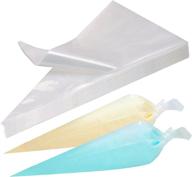
100-Pack Of Disposable 18-Inch Piping Bags For Cake, Cupcake, And Cookie Decorating - Perfect For Icing And Frosting!

41 Review
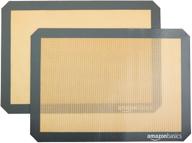
AmazonBasics Silicone Baking Mat Sheet

48 Review
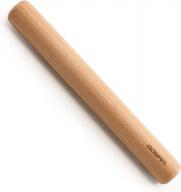
GOBAM Wood Rolling Pin: The Perfect Dough Roller For Baking Cookies, Pie, Pizza & More - 13 X 1.38 Inches

35 Review
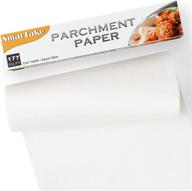
SMARTAKE Non-Stick Parchment Paper Roll, 13 In X 164 Ft (177 Sq. Ft) For Baking, Cooking, Air Fryer, Steamer, Kitchen, Cookies, Bread, And More - White Baking Pan Liner

41 Review

